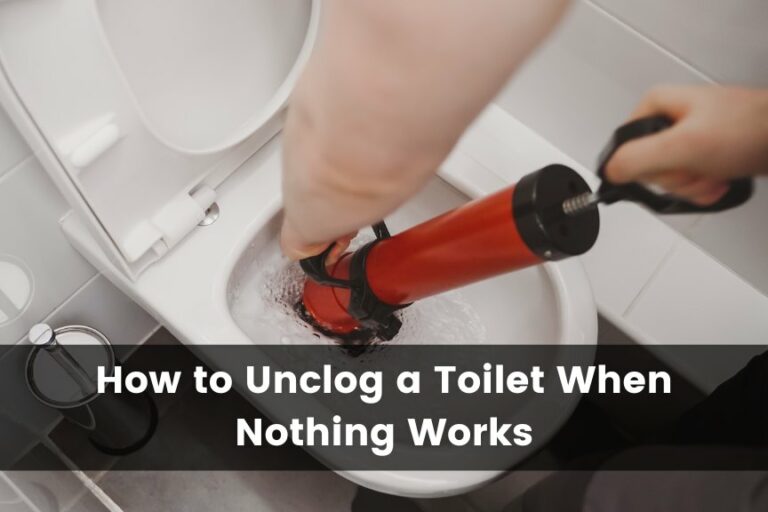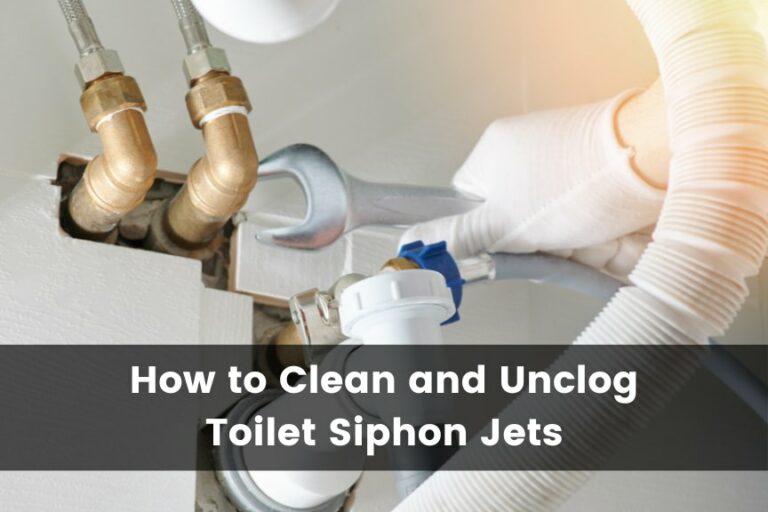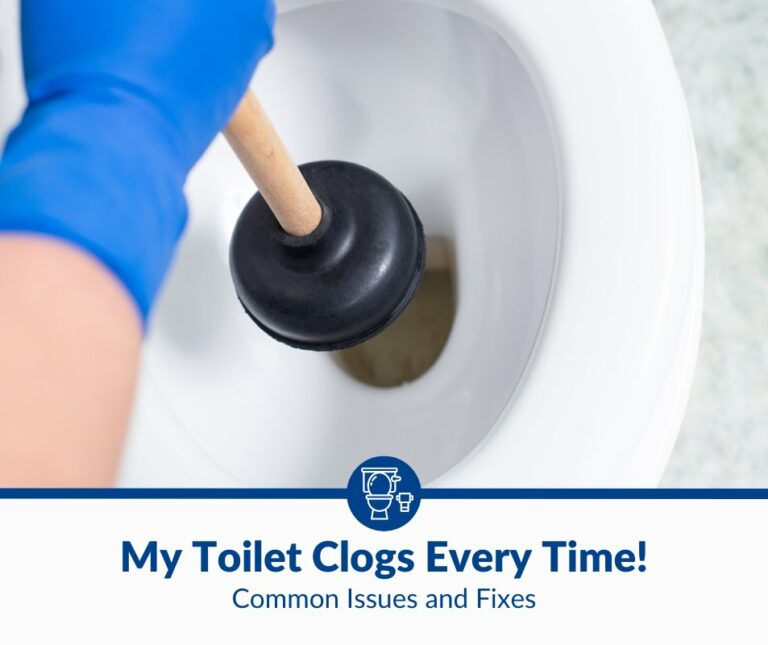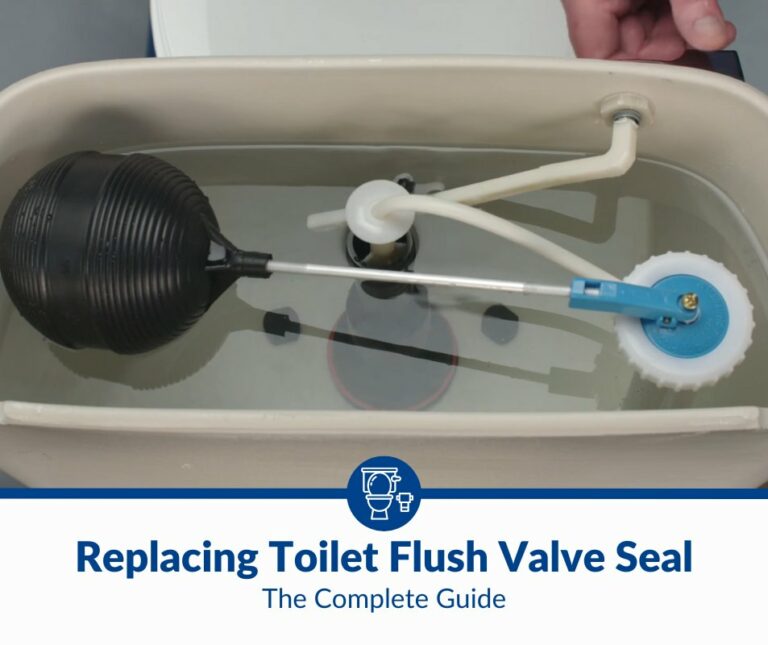Can You Flush Napkins Down the Toilet? Here’s What You Need to Know
The toilet seems like an acceptable place to dispose of your old and non-recyclable napkins. After all, water pressure and gravity can push the napkins down the main drain system. But is this really safe to do so?
In short, No you cannot flush napkins down the toilet because they do not break apart when wet. Paper and fabric napkins consist of empty spaces to absorb as much water as possible, so when you flush them, they swell to their full capacity, potentially blocking the toilet.
This article explores what happens when you flush napkins, how to fix a toilet clogged with napkins, and how to dispose of napkins properly.
What Happens When You Flush Napkins?
Napkins have a porous structure which allows them to absorb as much liquid as possible. Instead of dissolving in water when you flush them down the toilet, they swell up, causing clogged pipes, structural damage, and overloading of the sewage system.
Your toilet’s flushing and drainage system is designed to handle materials that easily break down or dissolve in water. One example is tissue paper or toilet paper, which is made of short cellulose fiber. Tissue paper takes less than five minutes to untangle in water, forming a thin sludge that flows seamlessly into the sewer system.
Unlike toilet paper, napkins are made with materials that are hard to disintegrate when flushed down the toilet. Most napkins are made of wood pulp cellulose and absorbent material such as rayon and cotton.
The following section details the consequences of flushing napkins down the toilet.
Clogged Pipes
When you flush a napkin down the toilet, it becomes bigger due to water absorption. The napkin may become tangled or caught on the uneven surfaces of the pipes. If you flush multiple napkins, they’ll accumulate in the pipes, preventing wastewater from passing through.
Clogged pipes in the toilet result in wastewater backup, which can flood your washroom and end up in costly repairs.
Other harmful effects of clogged pipes in your bathroom are:
- Foul smell: When your pipes get clogged, the toxic smell coming from flushed fecal matter and other waste retreats back into your bathroom and house, causing you to experience discomfort.
- Bacteria contamination: Wastewater contains bacteria such as Salmonella, Vibrio, E. coli, and Shigella which cause harmful diseases such as typhoid and cholera. This exposes your family to the risk of an outbreak if such pathogens come into contact with your drinking water or food.
- Pests and insects: Clogged drains are breeding grounds for pests and insects such as cockroaches and fruit flies. Since these breeds like lurking in the kitchen, they can transfer waste into your food and pose health risks.
Structural Damages
As napkins block water passage, pressure accumulates in the pipe, causing the pipes to burst and leak. This causes staining to your wall and floors. Leaking water can also cause flooding and attract pests and insects that cause diseases.
When water backflows into your toilet, it causes flooding. When water seeps into your floor, it loosens your flooring material (especially tiles) and weakens your house’s foundation.
Additionally, flooding causes mold and mildew to grow on your wall, which causes cracks and discoloration of your paint.
Overloading of the Sewage System
If you’re lucky and the flushed napkins don’t get stuck in your house plumbing system, they may end up in your septic tank or the main sewer system that carries waste to a treatment plant.
Inside a septic tank, napkins are also harmful. Though they are biodegradable, they take one to six months to decompose. Due to their large water holding capacity, they cause the septic tank to decrease efficiency and fill up quickly. Consequently, you’ll have to pump your septic tank regularly, which is expensive.
The effect is equally the same on the sewer system. The sewer system is designed to carry wastewater by gravity. Pumps only exist where the water has to flow upstream.
When napkins enter the sewer system, their enlarged size increases the bulk of waste sludge. This causes the sludge to flow slowly. Because sewer gravity does not have much pressure, the pipes block when the sludge encounters obstacles within the pipes. As a result, the sewer pipes break and start leaking, posing health hazards.
Repairing sewer blockages is expensive and increases maintenance costs charged to residents.
Environmental Damage
If flushed napkins don’t end up in your septic tank or the sewer treatment, they end up in aquatic bodies such as rivers, lakes, oceans, and seas.
Napkins take time to biodegrade, and this causes a huge impact on the aquatic ecosystem.
First, it destroys the aesthetic beauty of water bodies, creating unsightly scenes that hinder enjoyment and recreation activities. This negatively impacts tourism and the economy, as people are less likely to visit polluted areas. The result? Harm to local businesses and loss of revenue.
Second, it affects aquatic life. Animals that mistake the napkins for food ingest harmful chemicals such as primary aromatic amines (PAAs) that affect their health or, in the worst case, cause them to die. Also, napkin biodegradation disorients aquatic animals as they have to compete for oxygen.
How Long Does It Take for Napkins To Block the Toilet?
The time it takes for your toilet to become clogged after flushing napkins may vary depending on the number and size of the napkins you flush and your plumbing system.
If your plumbing system has other accumulated waste, flushing just one napkin can cause a blockage immediately. However, if the plumbing system is clear, flushing one napkin might not cause your toilet to block right away.
How To Fix a Toilet Clogged With Napkins
Before calling a plumber to unclog your toilet, there are three methods you can attempt on your own. They include using the following tools:
- Plunger
- Toilet auger
- Water jetter
With each method, you’ll need a pair of gloves and a face mask for safety.
Using a Plunger
You can use a toilet plunger with a flap or an accordion plunger. Both use simple suction and pressure to dislodge the napkin clog, allowing it to continue down the drain.
To use a plunger, follow these steps:
- Put on your protective gear and ensure the toilet bowl has some water.
- Place the cup of the plunger tightly on the toilet bowl opening, ensuring no opening is left.
- Begin pulling and pushing the handle. The cup will form a vacuum, and the handle thrust will pressure water to push the clog.
Using a Toilet Auger
A toilet auger is more suitable for stubborn clogs. It uses a screwing mechanism to dissociate the napkin clog.
Follow these steps:
- Wear gloves and drain the toilet bowl if it’s flooding with wastewater.
- Pull the cable into the tube and position the auger head inside the toilet bowl. Be careful, as the auger cable can scratch your toilet bowl if it swings back.
- Hold the auger tube with one hand and push the cable into the toilet pathway. The cable is flexible to fit the toilet flushing system.
- When you encounter resistance, rotate the auger handle clockwise until the cable moves past the resistance.
- Remove the auger from the toilet and flush. The water should flow without resistance. If the clog persists, repeat the process.
To learn more about how a toilet auger works, read this article: Toilet Auger vs. Snake: When and How To Use Them.
Using a Water Jetter
Since a water jetter uses pressure, it’s ideal for pushing away clogs that are hard to break up. It is also ideal if the napkin clog keeps coming back.
To unclog the toilet using a water jetter, follow these steps:
- Connect the water jetter to the pressure washer, and attach the nozzle to the end of the hose.
- Push the water jetter into the toilet as far as possible without forcing it.
- Activate the water jetter for a few seconds to build pressure and rotate the nozzle to ensure the pipe is cleaned.
- Pull the water jetter out while applying pressure and flush the toilet. Repeat the process if the toilet is still blocked.
How Should You Dispose of Napkins?
When your napkins are no longer recyclable, flushing them down the toilet is not an option. One way of disposing of them is by throwing them in a trash can or waste bin. If they are not clean, you should wrap them with a separate piece of paper to prevent them from creating an unpleasant odor.
Because napkins are biodegradable, the other alternative is to compost them to enrich the soil. However, you should not compost napkins made from bleached or synthetic materials because they can release harmful chemicals into the soil.
If you have a compost bin at home or access to a composting facility, you can shred the napkins into small pieces and add them to your compost pile.
Final Thoughts
Although flushing napkins may seem like an easy option to eliminate waste, it causes major problems to your plumbing and sewer system. Napkins do not break down like toilet paper; they can block the wastewater system and cost you money and your health. They can also disrupt the aquatic ecosystem if they get into aquatic bodies.







